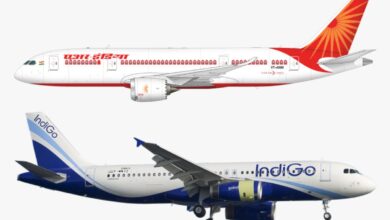Aptiv and Hyundai form new joint venture focused on autonomous driving
Automaker Hyundai is forming a new joint venture with autonomous driving technology company Aptiv, with both parties taking a 50 percent ownership stake in the new company. The goal of the new venture will be to develop Level 4 and Level 5 production-ready self-driving systems intended for commercialization, with the goal of making those available to robotaxi and fleet operators, as well as other auto makers, by 2022.
The combined investment in the joint venture from both companies will total $4 billion in aggregate value (including the value of combined engineering services, R&D and IP) initially, according to Aptiv and Hyundai, and testing for their fully autonomous systems will begin in 2020 in pursuit of that 2022 commercialization target.
In terms of what each is bringing to the table, Aptiv will be delivering its autonomous driving tech, which it has been developing for many years – originally as part of global automative industry supplier Delphi – as well as 700 employees working on AV tech. Hyundai Motor Group will provide a combined $1.6 billion in cash from across its subrands, vehicle engineering, R&D and access to its IP.
Heading up the new joint venture will be Karl Iagnemma, the President of Aptiv’s Autonomous Mobility group, and it’ll be headquartered in Boston and supported by additional technology centres in multiple locations in the U.S. and Asia.
Both companies have been demonstrating autonomous vehicle technologies for multiple years now, and Aptiv has been working with Lyft in Las Vegas on a public trial of autonomous robotaxi services since debuting the capabilities at CES in 2018. Aptiv’s Vegas pilot uses BMW 5-Series cars for its autonomous pick-up fleet.
This joint venture should help them with brining the technology to market with the scale of a global automaker, while Hyundai gains by being able to shore up its own work in self-driving with a partner who has invested in developing these solutions as a primary concern over many years.
Source: TechCrunch




